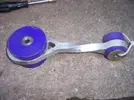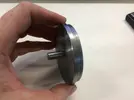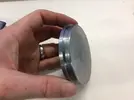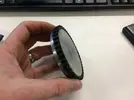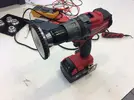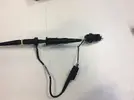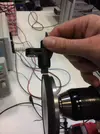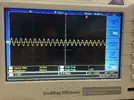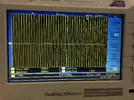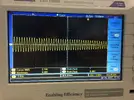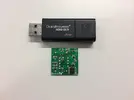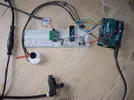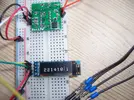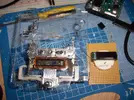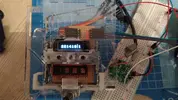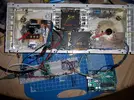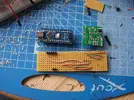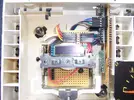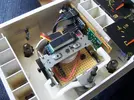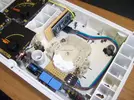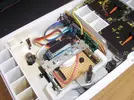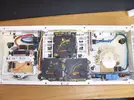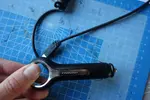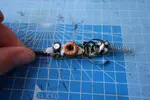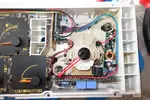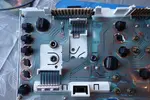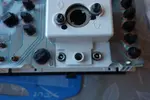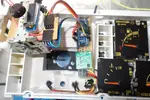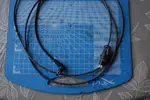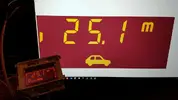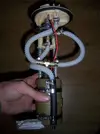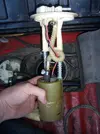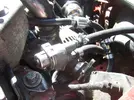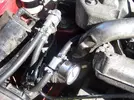Gentlemen, we have power steering!
Mixture of quite easy and total ballache.
I’m using a hydraulic mk1 scenic steering rack which of course bolts up to subframe perfectly what with it originally coming off this subframe (because the subframe itself is from a scenic). This wouldn't fit in the car as the high pressure pipe coming in from the right was nowhere near clearing the meg 225 the gearbox.
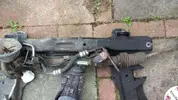
Just got to feed it hydraulic pressure. I looked at using a mechanical pump from a laguna or something like that, with the corresponding aux bracketry, however I didn't want to do that because reasons.
Other option was to use an electro-hydraulic pump. The saxo/106 pump (which I believe is just a generic off the shelf hydraulic power pack) is the one people often use in kit cars etc for retro fit PAS but these are not known for reliability, supply is getting scarce and it’s the wrong shape for me to fit anywhere in the space I have available.
Loads of other modern cars use electric pumps but most are controlled by CANbus. The handful of ‘dumb’ options include MR2 roadster, Vauxhall Astra G/H, Mercedes A class and I think early BMW minis. MR2 ones are rare, the merc ones are about £60 on ebay and not many of them available, the Astra ones are only about £20-25 and ebay is awash with them. Astra one it is.
Got one for £15 delivered, including the first bit of the pressure pipe and the isolating soft mounting cradle.
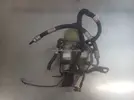
Built in reservoir and cooler loop not required with this. Happy days. Down the front corner by the headlight is a tight but suitable home for it.
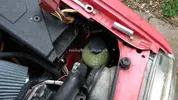
Modified the mounting bracket to have 3 points of attachment to the shell, nice and secure.
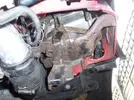
Now to get a hydraulic connection between pump and rack I had to modify the flared 10mm rigid pipe that comes out of the rack, to clear the back of the gearbox. I cut the bracket off, modified and re-welded. Then fitted a BSP threaded compression fitting to the bare pipe.
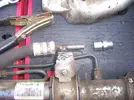
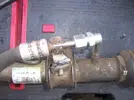
on the pump end there’s a similar rigid 10mm pipe and then a flexi bit. Cut the flexi bit off as I want all the pipework to run under the chassis rail so if I need to drop the subframe off with the rack attached (which I need to do to get the engine out) the pump can go down with it and no need to drain the system. Another compression fitting on the end of this.
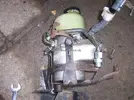
Both rigid ends with compression fittings:
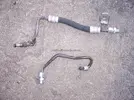
To join the pump and rack together needs a proper high pressure hose. I went to a hydraulics place near work - Hydraquip in Bristol. Great bunch of guys in there, helped me out no end with advice and suggestions over a handful of visits. They even have a friendly office doggo called Smudge. If you’re around Bristol and need any odd custom hydraulic hoses, that’s the place to go. Anyway in the end designing the pipe to make it remotely was tricky so I took away a selection of end fittings and a length of hose and cut/assembled to suit on the car with trial and error, marked up fitting orientations/rotations etc, then took it back to get the fittings swaged on.
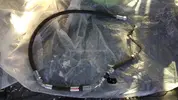
I’ve made it in 2 halves with a connection that sits on the chassis rail which makes assembly easier as the fittings at each end are almost impossible to get to with the rack and pump in place. So the pump goes in with one half of the hose connected, the rack goes in with the other half and then they just get connected together in the wheel arch, pretty convenient.
Pump end
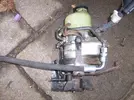
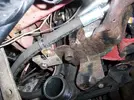
Rack end
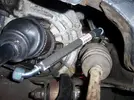
The return line is just 10mm bore fuel/oil hose running across the front of the car on top of the intercooler.
Running the pump is easy, It just has a chunky earth with a ring terminal that can connect straight up to my existing earth stud on the chassis rail. The +12V has a weird concealed spade terminal on it, I cut that off and crimped on another ring terminal. This goes via a mega fuse to my main 12V junction box on the bulkhead. According to Autodata that fuse is 80A in the Astra which seems a bit mad to me, I've gone with 50A because I had one laying around.
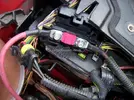
Tucks away in the main fuse box nicely.
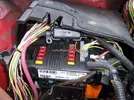
There are 3 other small wires on an AMP superseal plug. One is switched 12v to wake the unit up with ignition on. Basically seems to be an internal relay. I connected this via a 10A fuse (replicating the Astra setup) and matching female superseal connector to what was the coil 12V feed on the original engine loom. Then there’s another wire that goes to the alternator light exciter wire so the pump only runs when the engine is on, to stop it flattening the battery. There’s also a third wire which apparently is just for some sort of vauxhall specific diagnostic type shit. Obviously left unconnected.
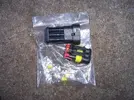
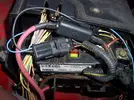
I might wire it up so I can override the alternator feed with a switch in the cabin so I can run the PAS without having the engine running.
Last thing – fluid. The Renault system runs the basic ATF/dexron type stuff but the Astra system uses ‘pentosin CHF 11S’ fluid. As far as I can make out, they don’t mix, but they’re not incompatible in terms of killing seals etc. My thinking is that it’s probably better to give the pump what it likes and let the rack lump it than the other way round, so in went the green pentosin stuff.
Works OK

Overestimated how much it would take to fill the system, didn't even take a whole bottle bottle!

Also fitted a powerflex polybushed dogbone to get rid of some of the engine movement.
